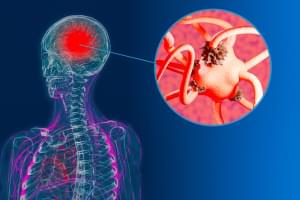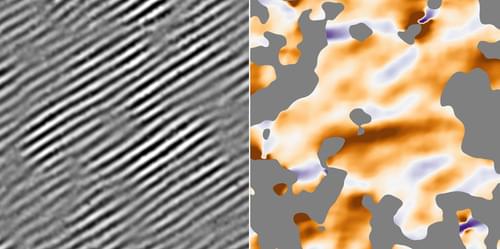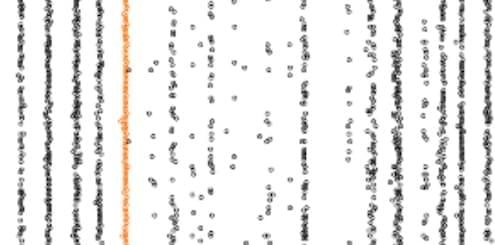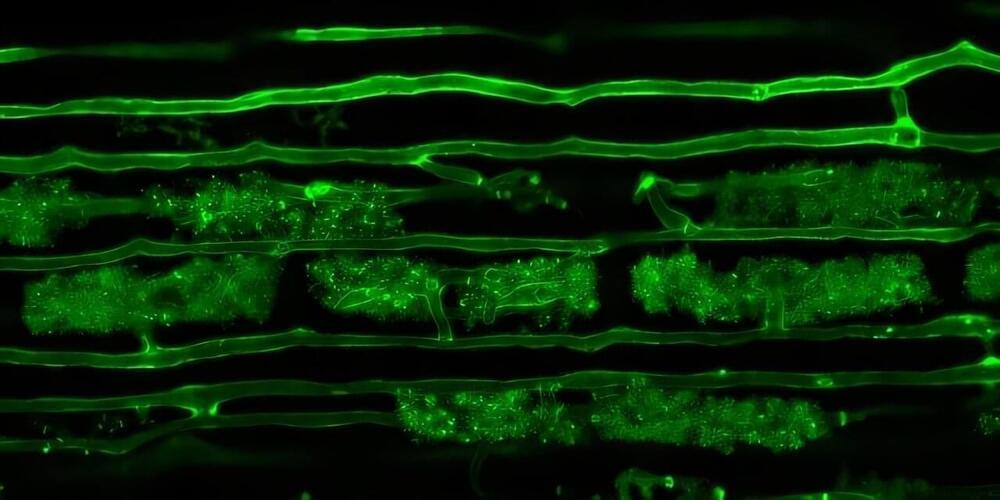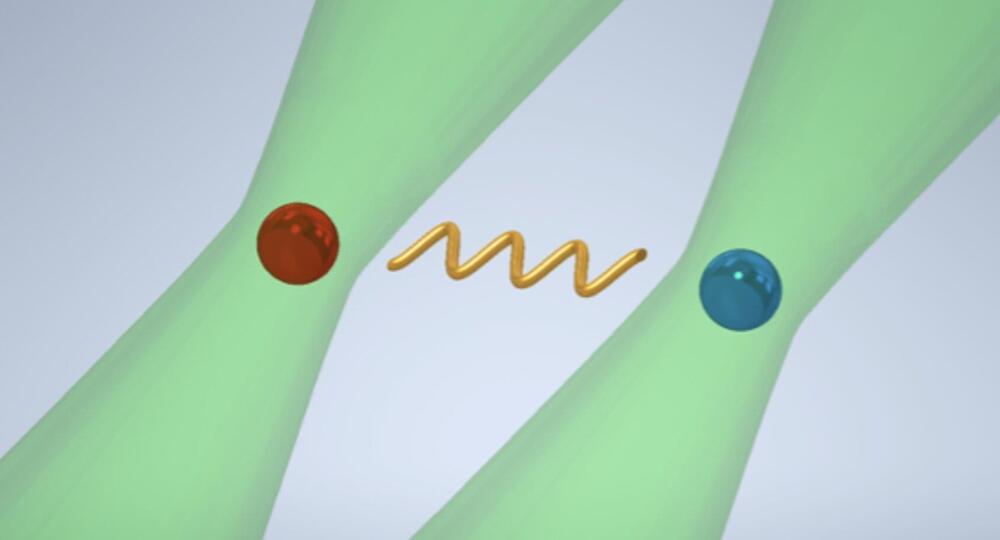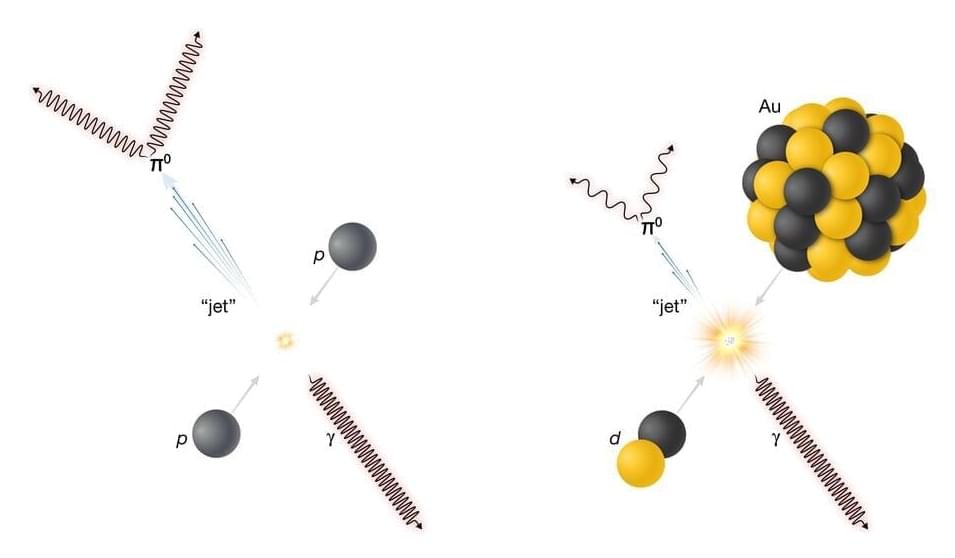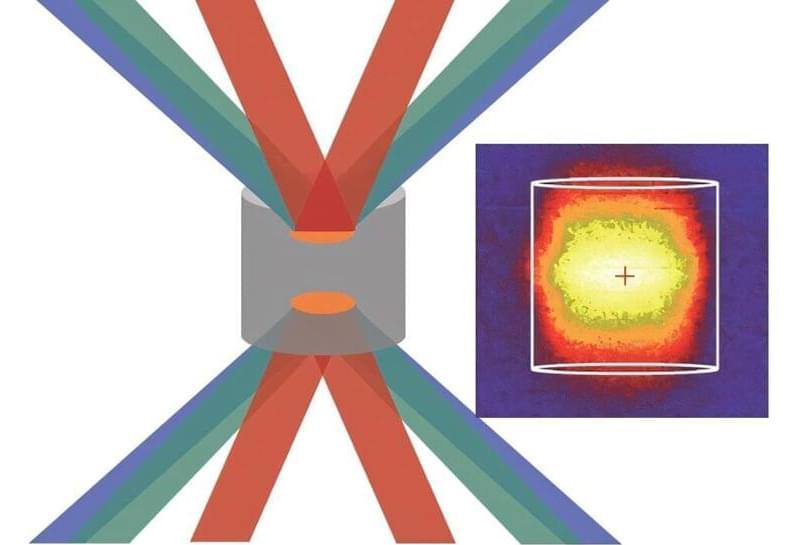Jan 16, 2025
Man sees deadly brain tumour shrink by half thanks to new treatment
Posted by Shubham Ghosh Roy in categories: biotech/medical, neuroscience
Link :
Glioblastoma, an aggressive and often fatal form of brain cancer, has long posed a formidable challenge to doctors and patients alike. Yet, a groundbreaking clinical trial is offering a glimmer of hope, capturing global attention for its potential to revolutionize cancer treatment. A 62-year-old engineer, faced with a grim prognosis, has experienced something extraordinary—his tumour has shrunk significantly in a matter of weeks. This remarkable outcome marks the beginning of a journey that could redefine how we treat one of the most challenging cancers. What makes this approach so promising, and how could it change the future for patients?
Continue reading “Man sees deadly brain tumour shrink by half thanks to new treatment” »
